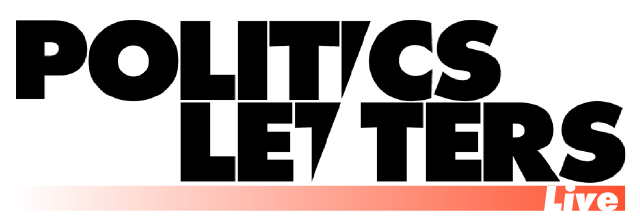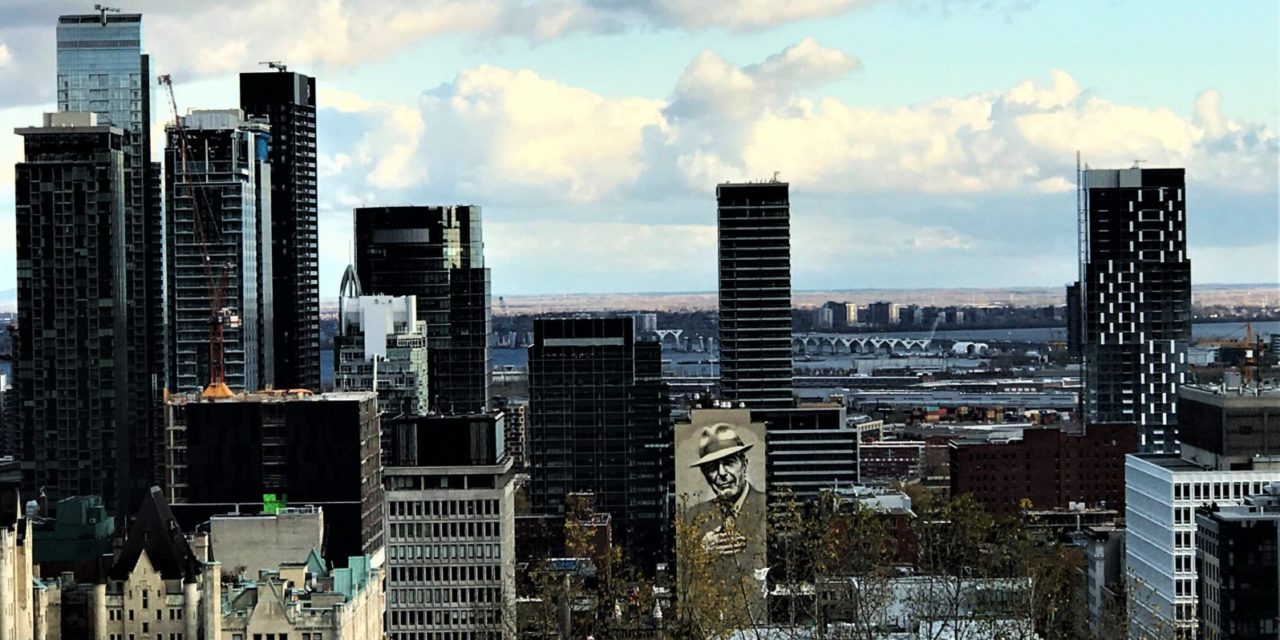“Beware of what comes out of Montreal, especially during the winter. It is a force corrosive to all human institutions. It will bring everything down. It will defeat itself. It will establish wilderness in which the Brightness will manifest again.
We who belong to this city have never left The Church. The Jews are in The Church as they are in the snow. The most violent atheist radical defectors from le Parti Québécois are in The Church. Every style in Montreal is the style of The Church. The winter is in The Church. The Sun Life building is in The Church. Long ago the Catholic Church became a pebble beside the rock on which The Church was founded. The Church has used winter to break us and now that we are broken we are going to pull down your pride. The pride of Canada and the pride of Quebec, the pride of the left and the pride of the right, the pride of muscle and the pride of heart, the insane pride of your particular vision will swell and explode because you have all dared to think of killing people. The Church despises your tiny works of death and The Church declares that EVERY MAN, WOMAN AND CHILD IS PROTECTED.”
— “Montreal” by Leonard Cohen
Two nights ago, I went to dinner with my father in Montreal’s Mile End district. As we walked back to the car, which was parked on avenue du Parc a bit north of rue Bernard, he was pleased to see the illuminated sign of Radio Hovsep, a stereo and electronics store dating to the 1960s. The sign still advertised the availability of magnetic tapes in-store (I had to ask what that was). We stood there for a few seconds, somewhat amazed at the fact that an electronics store he would have gone to as a high schooler was still in business, looking as it presumably always had—and on Parc no less. The experience reaffirmed for me what I have long known about Montreal: that it operates according to a set of codes and customs unlike any you can find elsewhere in Canada or the US. It doesn’t have the same zeal for corporate development as does Toronto. And its relation to language is not as combative as in other parts of Québec. There is a sense of preservation for the cultural, the aesthetic, and the local that is not so much mandated by the government as by the people themselves.
Something mythic hangs in the air over Montreal. It seeps quietly down into the streets, where it wraps around winding Plateau staircases and settles on the cool nighttime surface of outdoor rinks. All of us feel it, and Leonard Cohen spoke it for us.
Where Mordecai Richler saw a city defined by division—between English and French, Protestant and Catholic, bourgeois Jew and working-class Jew—Cohen glimpsed something more expansive. The city’s strife, in his conception, is an internal necessity, not the source of its identity. It is a swirling system of antigens and antibodies, striving ultimately to strengthen the lifeblood of the greater whole. The Church of Montreal pits one source of pride against another, and from their mutual destruction only a few glinting parts are salvaged for the myth. The city is neither as Québécois as Québec City, nor as Canadian as Calgary. It is neither English enough to sustain corporate over-development, nor French enough to stamp out bilingualism. And it has evolved its myth slowly over time, through Jewish immigration and two world wars, through mailbox IEDs, and humanist charters, and Bill 101. Where once we dreamed of world’s fairs, Olympic Games, and a sprawling economic capital with two airports, now we pine for a baseball team we never watched, build mausoleums to our haute couture, and all but ignore the Mirabel tarmac from which we shall never take off. Ours is a solitary, self-contained Church that keeps a distance from external pressures and influences. Yet inside the myth grows; it writes and rewrites itself, steeping us in its values, laws, and perspectives.
And the winter, as Cohen understood, is the favorite and most reliable executor of The Church’s myth. It humbles us and yet makes each of us a warrior. Throughout this wind-whipped season we trudge through slush in search of bus stops and tip-toe carefully over black ice. We reach for our phones less often to keep our hands warm and budget 30 minutes more for our morning commutes. And so the Montrealer’s hibernal life is daily reduced to survivalist concerns. All pride is stripped down, all shoulders hunched ear-ward under the weight of winter. There is everywhere a wilderness, one that is ceremoniously established, and yet arable for Brightness. The Brightness of bodies huddled together for warmth under bus shelters, of doors to warm Métro antechambers held open by strangers, of skates scraping the ice under a pre-dinner pickup game. The Brightness, put simply, of a community whose pretensions have been cut down by the cold and the wet, and whose path forward cannot accommodate pride, or egotism, or domination. This is how the myth begins and perpetuates itself.
And as with any church, here there are rites and there are traditions. We have the rite of dance and music. In the winter we warm ourselves under our Lady of the Harbour to beer and basslines; in the summer we attend our mass in the Parc du Mont-Royal to the percussive pulse of the Tam Tams. And for tradition, we have corruption. We endure crack-prone construction projects given annually to our city’s corrupt élite. We ask not whether, but to what extent our officials are involved. And it is our lot to complain and cry out, together: “Who made this city?”
And yet the criminality never grows too unbearable, nor does its opposition win out. Our corporate institutions do not overgrow our cultural ones. Our old lineages are indebted to even older ones, and both must leave room for those newly-arrived. For each force is cancelled by another, and The Church inclines toward its inner homeostasis.. All have their place in the congregation, where the hymn is no one’s and everyone’s, and where every man, woman, and child is protected.
Cohen published “Montreal” in 1978, one year after Bill 101 became law. And yet he understood this even to be subordinate to The Church, a point of pride to be pulled down. Everything is subsumed under the myth. The myth intoxicates us, and it is why we shall never leave The Church of Montreal. We might find ourselves in New York or, like Cohen, in Hydra. But we are drawn to The Church and we iterate its myth. And if we do not some day return, then we find a way to bring it with us, even if only by letting “Suzanne” seep lazily through our vestibules and bedrooms.
Cohen warns “beware” not to the Montrealer, but to the stranger. To the one who does not know the myth, who would wish to bring the outside, inside. But you must humble yourself before the nave, and leave everything behind. Except, perhaps, if you brought an orange and some loose tea, which you should lay gently at Cohen’s door.


